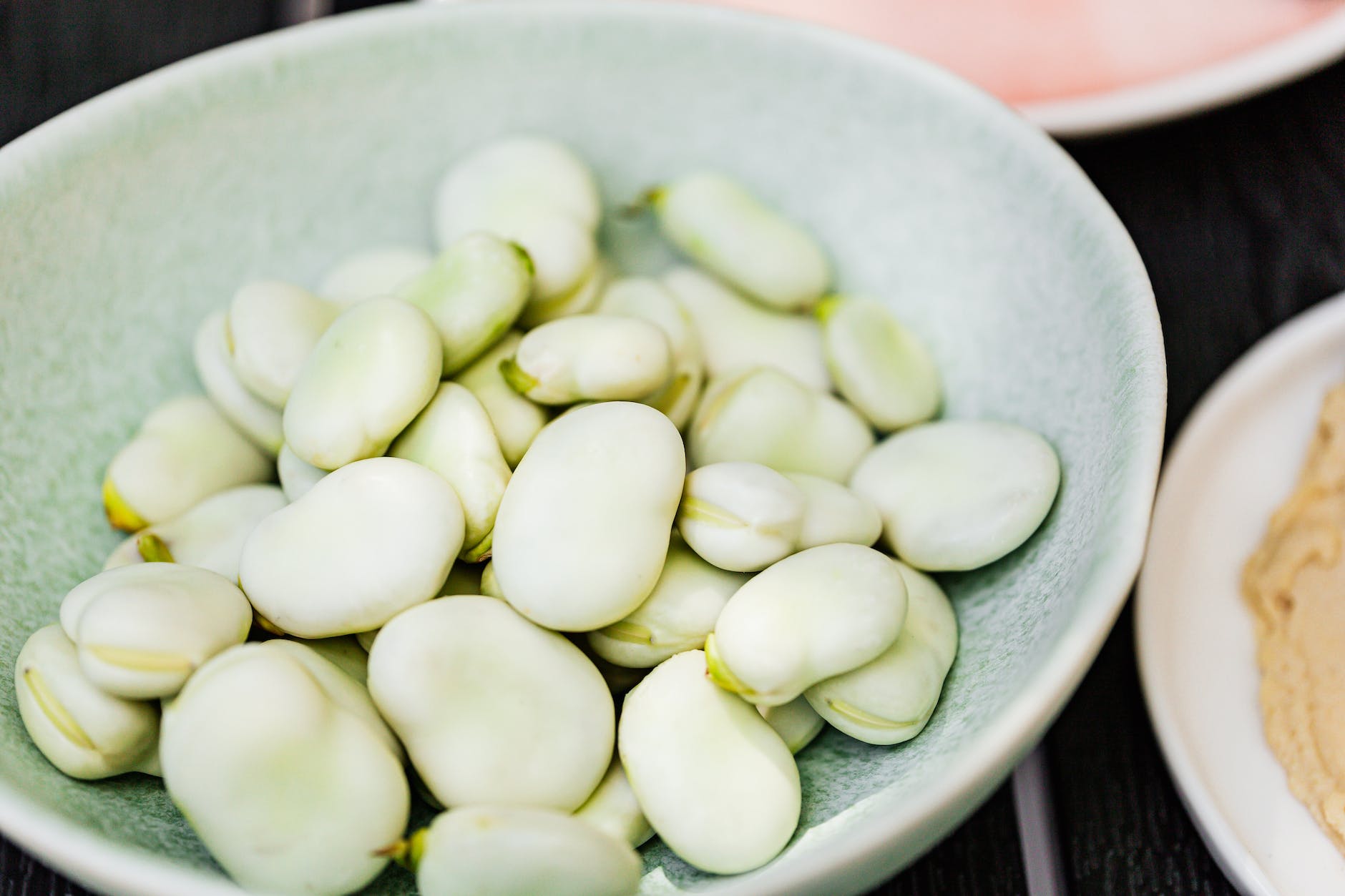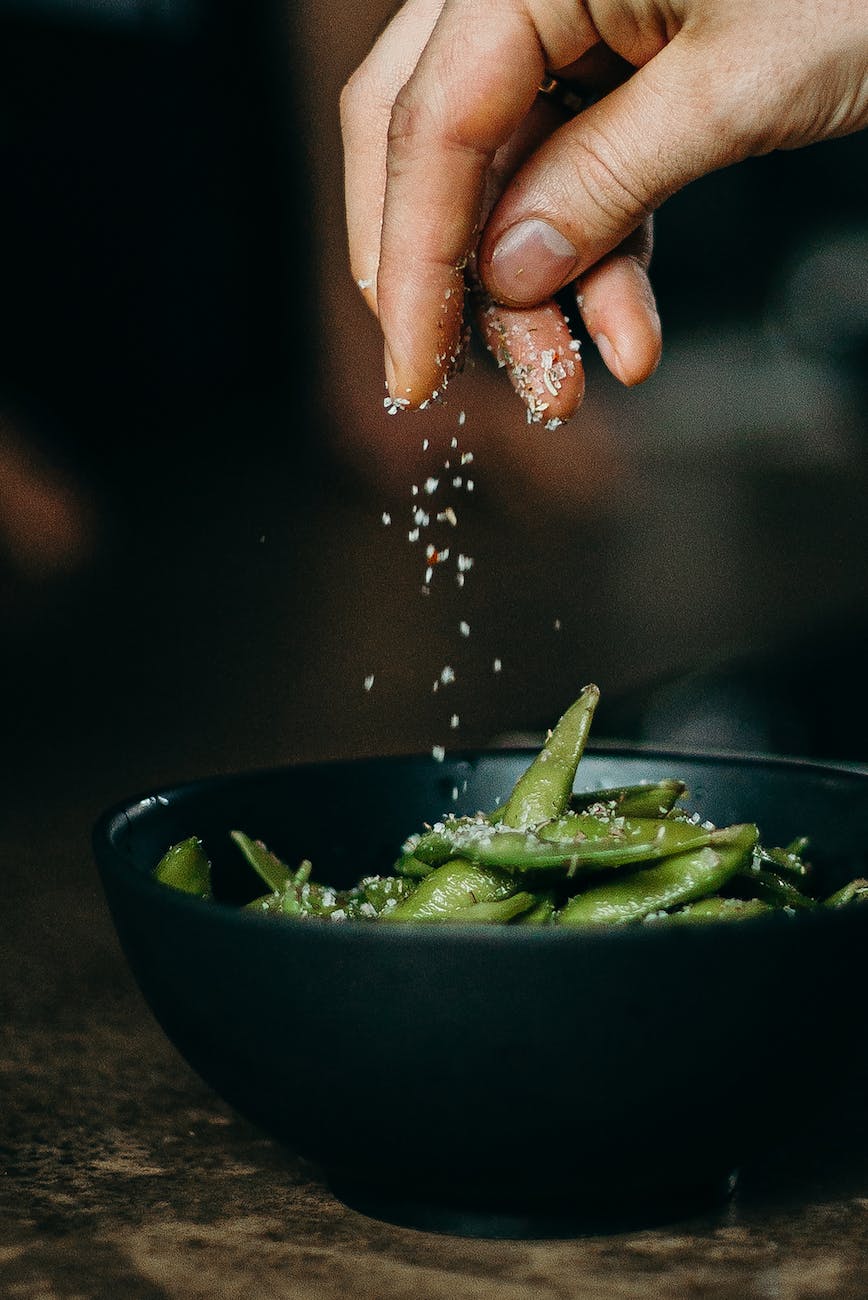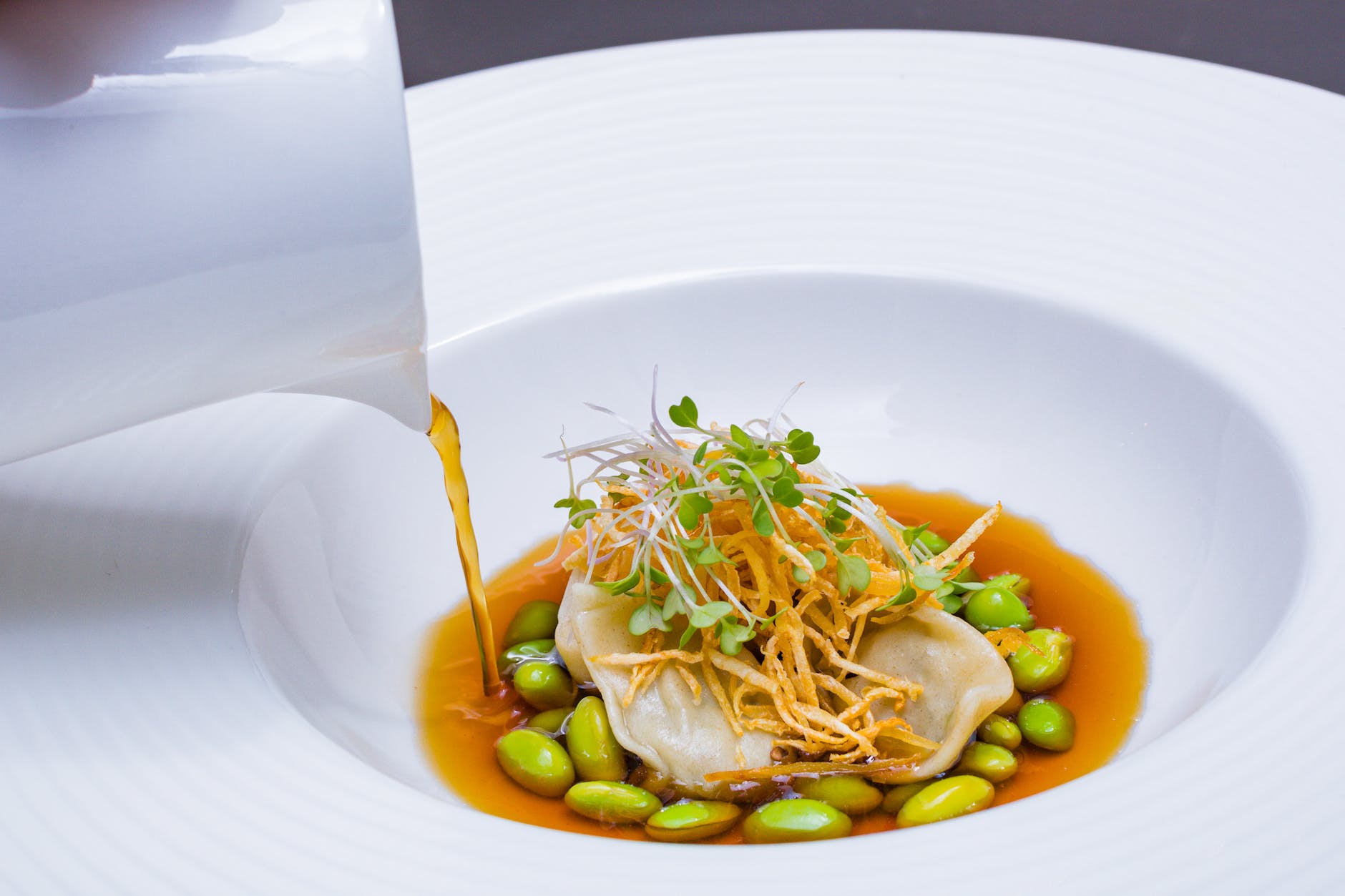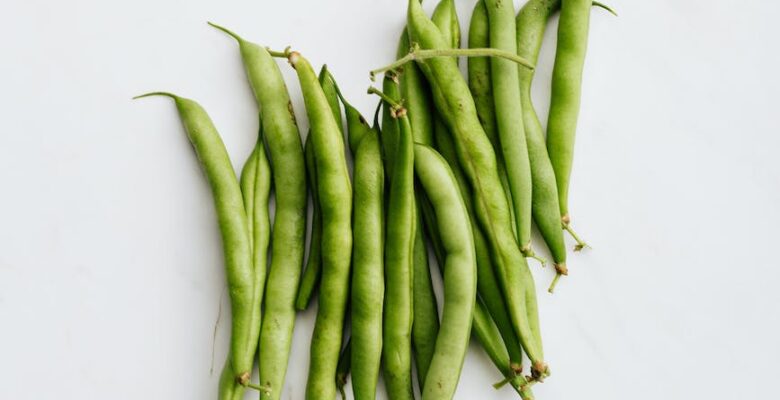Fava beans are a spring crop that is farmed and consumed worldwide. Fava beans date back to around 6000 BCE. It was very popular with the ancient Greeks, Romans, and eastern Mediterranean inhabitants. Fava beans can now be found just about everywhere in the world and are used in Asian, Middle Eastern, European, South American, and African cuisines. Fava beans can be consumed fresh, boiled, or dried for later use, and the versatile bean can be used in salads, stews, sauces, stuffing, snacks, and other dishes.
Here are some facts about Fava Beans
Fava beans are harvested in the spring and grow in large, bumpy green pods on an easy-to-grow blooming pea plant. Fave beans come in a pot, and generally, their clear skin is removed before eating. The time-consuming procedure of preparing fava beans may have contributed to the legume’s gradual climb to popularity in America, a country brimming with bean possibilities. Fava beans are more expensive than your ordinary fresh or dried beans because they are sought after by chefs and veggie lovers.

How to Prepare Fava Beans
Although small, young pods can be eaten intact, beans are usually separated from the pod. Shelling beans is done by breaking the stem end of the pod off and pulling the connected string. Remove the beans and continue with the remaining pods. Blanched fresh-shelled fava beans make removing the tough transparent peel easier.
Once beans are blanched, use your thumb to pop open the top of the skin at the dimple on the bean and pull it off. Once the preliminary process is completed, the beans can be used as is or further cooked, depending on the recipe. Raw, boiling, steamed, stewed, mashed, sautéed, fried, or roasted fava beans are all options.
Dry fava beans are prepared similarly to other dry beans, with the exception that they should be soaked before cooking low and slow in lots of water.
What Are the Flavors of Fava Beans?
Fava beans have a delicate, buttery, nutty flavor with a hint of bitterness. Many fava fans describe the bean as having a gently sweet vegetal flavor that tastes like spring. The flavor of dried fava beans is comparable to that of dried chickpeas.
Recipes Using Fava Beans
Because fava beans are eaten all across the world, there are numerous recipes for employing the springtime crop. Narrow your options by fresh or dried bean recipes, as preparation and flavor will vary greatly. Dried beans are frequently used in soups, stews, pastes, and falafel. Fresh beans are cooked in a variety of ways, including sautéing, boiling, steaming, roasting, and frying. They can also be eaten raw in pestos or salads or lightly cooked and tossed with other spring vegetables such as artichokes and asparagus. Fava beans, whether dried or fresh, can be used in a dizzying array of cuisines.
** Check out some recipes at the end of this article.
Where Can I Buy Fava Beans?
Fresh fava beans, usually still in their long pods, will arrive in grocery shops in the spring. Because they have a brief season, keep an eye out at farmers’ markets for locally cultivated beans. Choose bright green pods that are full all the way to the ends.
If you want to cook the entire pod, purchase very fresh, little, thin pods early in the season and use them immediately. Larger pods hold larger beans, which must be shelled, blanched, and peeled before eating. If you shell your fava beans (the most frequent way to prepare fresh beans), keep in mind that the pods make up the majority of the weight. You’ll need more than you think—a pound of pods can only yield one cup of shelled beans.
Dried beans are available all year in Middle Eastern markets, and frozen ones can occasionally be purchased in the freezer area of grocery shops.
Fava beans, commonly known as wide beans, are an annual plant that can be cultivated at home. They require a growing season of 75 to 80 days and should be picked when the pods feel full.
How to Keep Fava Beans
Fresh, unshelled beans can be stored in the fridge for up to 10 days in a plastic bag. Beans that are younger and smaller should be used as soon as feasible. Shelled beans can be refrigerated for up to two days or frozen for up to a month in an airtight container.
To Conclude
To help you get acquainted with Fava beans, we’ve compiled a list of basic recipes for you to try.

Fava Beans Sauté
Sautéed fava beans are a delightful springtime side dish. These fava beans, tender yet crisp and full of flavor, take only a few ingredients and may become your new go-to veggie meal. Serve alongside fish, poultry, or beef or as a side to pasta or rice for vegetarians. To prepare an appetizer, top crusty toast with the beans and a generous grate of Parmesan cheese, or add them to any grain or vegetable salad for more protein, texture, and flavor.
Ingredients
- 3 lbs fava beans
- To taste, fine sea salt
- 2 tbsp unsweetened butter
- To taste, freshly ground black pepper
- Optional garnishes: minced fresh mint, dill, and/or parsley
- Cook and shell the fava beans.
Instructions
- Collect all of the ingredients.
- Take the fava beans out of their pods. They normally have a stringier side; simply pull that string off to “unzip” them. Put the beans in a basin and remove the pods.
- Bring water to a boil, add a substantial amount of salt, and blanch the beans for about 1 minute.
- Drain the fava beans and rinse them with cold water until they are cool enough to handle.
- Squeeze each bean from the waxy whitish covering it’s covered in once it’s simple to handle. All beans should have their shells removed. Keep the clean beans aside.
Prepare the Fava Beans
- In a large pan, melt the butter and add the fava beans.
- Stirring regularly, for 3 minutes, or until the favas are soft.
- Season with salt and pepper to taste.
- Enjoy!
Falafel with Fava Beans
Ingredients
- 1 cup fava beans, dry
- 1/2 cup chickpeas, dry
- 1 medium coarsely chopped onion
- 2 tbsp fresh parsley, freshly chopped
- 1 teaspoon sea salt
- 1/4 quarter teaspoon freshly ground red pepper
- 1 tablespoon cumin
- 1 tbsp. baking powder
- Oil for frying
Instruction
- Collect all ingredients.
- Soak fava beans and chickpeas in water overnight.
- Rinse and drain.
- Take off the skins.
- Preheat the oil to 350 degrees Fahrenheit; about 2 ” of oil in a frying pan will be enough.
- We like vegetable or canola oil, but olive oil can also be utilized.
- Blend the beans in a food processor by combining the remaining ingredients to make a thick paste-like consistency.
- Add some water if the paste is too thick.
- Remove the mixture from the food processor.
- By the tablespoon, drop falafel into the hot oil. Fry for about 2 minutes or until the falafel turns golden brown. Serve falafel alone or with heated pita bread, veggies, hummus, or tahini sauce.
Fava Bean Soup

Ingredients
- 1 pound soaking dried fava beans (see note)
- half a cup of olive oil
- 1 large onion (diced) or 2 medium onions (diced)
- 1 1/2 pounds diced tomatoes, or 1 (28-ounce) container drained tomatoes
- 1 cup chopped fresh parsley
- 1 teaspoon cumin 2 bay leaves
- 2 cups of water
- 1 teaspoon of salt
- 1 teaspoon of pepper to taste
Quick soaking method.
- To a pot, add beans and enough water to cover by 2 inches.
- Stir in 2 teaspoons of salt.
- Bring the beans to a boil.
- Turn off the heat, cover, and leave to soak for an hour.
- Before usage, drain and rinse the beans in cold water.
Instruction on Making the Stew:
- Collect all the ingredients.
- Heat the oil over medium-high heat in a pot.
- Cook until the onions are soft.
- Continue to sauté the tomatoes, parsley, cumin, and bay leaves for 5 to 10 minutes or until the flavors are well blended.
- Bring the water to a boil in the pot.
- Reduce the heat to low and add the fava beans. Cook, covered, for 45 minutes.
- Season with salt and black pepper after removing the lid.
- Cook for another 10 to 15 minutes or until the beans are soft but not mushy.
- Remove bay leaves and set aside.
- Drizzle with your preferred extra-virgin olive oil and top with fresh parsley.
